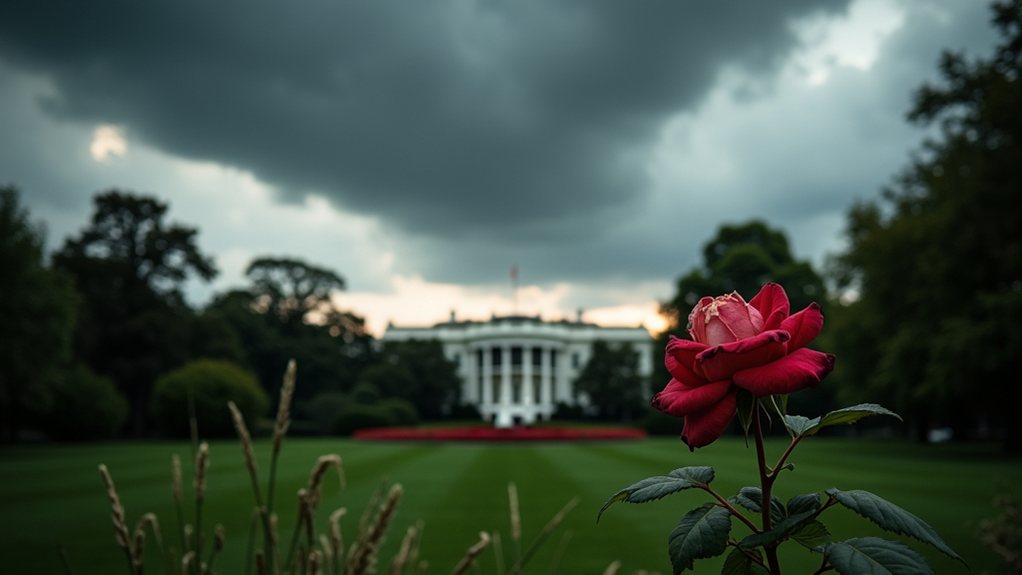As concerns about the economy grow, investors are increasingly worried about a potential "Trumpcession." Economic indicators show that GDP growth is expected to slow, with the Atlanta Fed predicting a decline of 2.8% in early 2025. This decline is part of a broader trend, as GDP growth is projected to slow to just 1.81% in the third quarter of 2025.
The Economic Optimism Index has fallen to 49.8, a five-month low as of March 2025. Similarly, the Six-Month Economic Outlook has dropped by 9.6%, sitting at a low of 46.2. Many Americans express distrust in federal economic policies, with confidence stuck below 50 for 43 months.
President Trump's tariff policies also raise concerns. He proposed 25% tariffs on imports from Mexico and Canada, which could generate $1.7 trillion in revenue over the next decade. However, corporate tax cuts are expected to cost about $3.4 trillion. This combination is likely to increase the deficit by $1.7 trillion. Many experts warn that these tariffs could disrupt North American supply chains. Additionally, rising policy uncertainty linked to political changes in Washington is increasing market volatility.
Consumer sentiment is deteriorating, with a majority disapproving of Trump's economic handling. More than half of Americans believe federal spending cuts do more harm than good. Many expect higher inflation due to tariffs, and the typical household's real after-tax income may drop by $2,000.
Market reactions reflect this uncertainty. The Dow Jones Industrial Average dropped nearly 461 points at the end of August. Treasury yields fell below 4.3%, and gold prices reached record highs, indicating investor concern.
Key industries are bracing for impact. The automotive, energy, agriculture, and electronics sectors are all facing potential disruptions.
International trade relations are strained, with retaliation from Mexico and Canada looming. The U.S.-Mexico-Canada Agreement is at risk, raising fears of a full-scale trade war.








